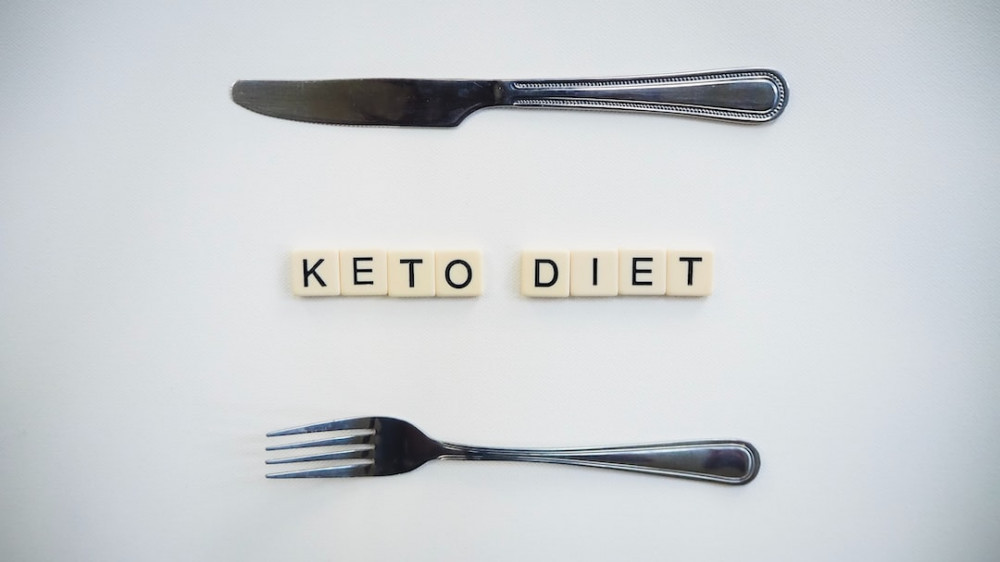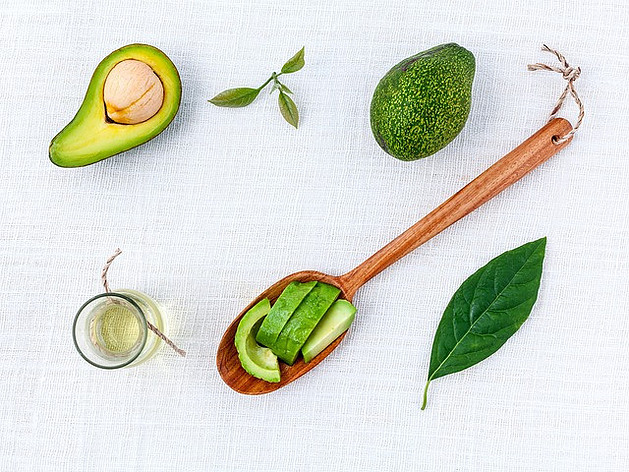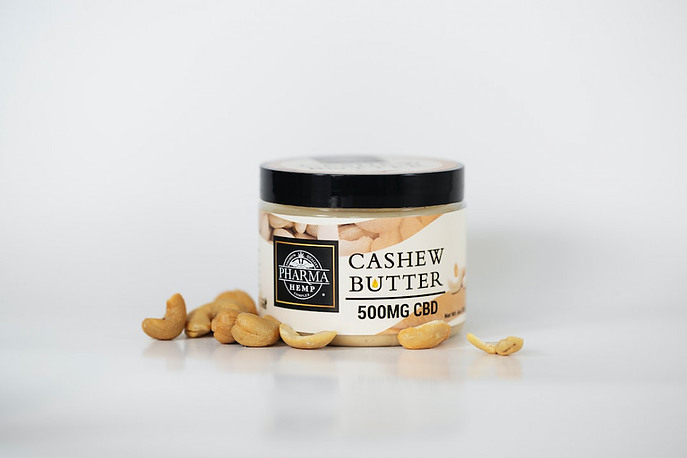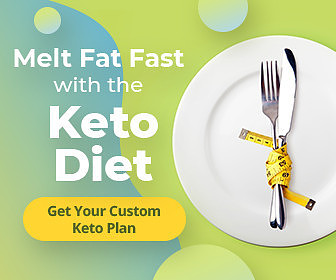The Ketogenic Diet’s Best and Worst Fats
Try to avoid unhealthy fat sources. Instead, choose nutritious options when following the keto diet.
The keto diet revolves entirely around fat. So, in an eating plan in which up to 80% of the calories come from fat — which puts your body into ketosis, or a state in which you burn fat for your primary source of energy (rather than carbohydrates) — this will be the nutrient you focus on the most. However, some choices are healthier than others.
It’s important to remember that not all fats are created equal when following a high-fat, very-low-carb ketogenic (keto) diet.
Some fats are better for you than others, and it’s critical that you fill your plate with the most nutritious options to achieve your health goals.
Top 5 Fats to Eat on a Ketogenic Diet
1. Avocados and Avocado Oil
Avocados are high in fiber and essential vitamins and minerals, in addition to being high in heart-healthy fats.
According to research, avocados and their oil may benefit heart health, blood sugar balance, and healthy aging.
Half an avocado has 161 calories, 2 grams of protein, 15 grams of fat, 9 grams of total carbohydrates, and 7 grams of fiber (bringing it to 2 grams of net carbs)
Avocado oil is high in anti-inflammatory Monounsaturated Fatty Acids (MUFAs), but one of the most important advantages of using avocado oil is that it can withstand high-heat cooking.
1 tablespoon of avocado oil has approximately 124 calories, 14 grams of fat, and 0 grams of carbohydrates.
2. Butter
Butter is ideal for your keto diet because it is carb-free and contains approximately 80% fat.
Though it was long thought to be harmful to heart health, new research indicates that there is only a minor or neutral relationship between butter consumption and the risk of heart disease and stroke.
Butter is also one of the highest butyrate-containing foods. According to preliminary research, this type of short-chain fat may play an important role in promoting brain health.
1 tablespoon of butter has 102 calories, 12 grams of fat (7 grams of which are saturated fat), and 0 carbohydrates.
3. Olive Oil
The health benefits of olives and olive oil have been studied for decades, and it’s no surprise that they’re commonly found in many of the world’s healthiest diets.
Olives are high in heart-healthy fats, but they also contain vitamin E and other plant compounds that are known to reduce inflammation and your risk of chronic diseases such as heart disease, cancer, and osteoporosis.
We know that eating fats like MUFAs not only fills us up but also keeps our cholesterol levels low. Olive oil is ideal for light sautéing, dressings, and drizzling as a finishing oil over cooked meats or vegetables. One tablespoon contains 119 calories and 13.5 grams of fat, of which only 2 grams are saturated fat.
4. Coconut Oil
Coconut oil is one of the best keto fats to consume. This is due to a number of factors. To begin with, it is composed of medium-chain triglycerides (MCTs). These are medium-chain fats that help the body enter ketosis. They are metabolized by the body as an energy source. MCTs bypass the digestive tract and enter the liver as ketones, where they provide immediate energy. These are then used to power the brain and other organs.
Second, unlike olive oil, it remains stable at higher cooking temperatures. It’s great for roasting vegetables and baking. Lauric acid, the main MCT in coconut oil, has a lot of antimicrobial properties. As a result, unlike other oils, it does not spoil.
According to research, consuming coconut oil can help with obesity by improving metabolism and weight loss. Replacing unhealthy fats with the medium-chain triglycerides found in this oil may result in weight loss.
1 tablespoon has 121 calories, 14 grams of fat (11 grams are saturated fat), and 0 carbs.
5. Nut Butters
Nut butter is high in protein, fiber, and unsaturated fats, which may aid in weight loss. They are high in fiber and protein and can help you feel fuller for longer, reducing calorie cravings.
Nuts and nut butter are high in fat and low in carbohydrates, making them a plant-based way to get the nutrients you need on a keto diet. A high-nut diet has the potential to lower the risk of weight gain and obesity.
You can make your own nut butter, but if you buy it, read the ingredients carefully because many companies add added sugars and unhealthy oils.
1 tablespoon of almond butter has 98 calories, 3 grams of protein, 9 grams of fat, 3 grams of total carbs, and about 1.5 grams of fiber (equaling about 1.5 grams of net carbs)
1 tablespoon of cashew butter has 94 calories, 2.81 grams of protein, 7.91 grams of fat, 4.41 grams of carbs, .3 grams fiber.
Of course there are many other sources of fats that you can consume on a ketogenic diet, here we are concentrating on fats and oils mainly. But, you can get fats from healthy cuts of beef, fatty fish, eggs, cheeses, cream and others.
Check out our Keto Food list for a variety of foods you can eat on a keto diet.
The Worst Fat You Could Consume on a Keto Diet
1. Trans Fats
Everyone, not just those on the keto diet, should avoid consuming added trans fats. While these are naturally found in some meat and milk (though you should probably avoid milk on keto due to its higher carb count), the USDA reports that they are frequently added to some packaged foods, such as snacks and baked goods. Fortunately, artificial trans fats have been phased out, according to the Food and Drug Administration, so these dangerous fats are no longer added to foods in the United States.
Highly refined oils and commercially prepared processed foods, such as cakes, cookies, pastries, biscuits, crackers, and other ultra-processed snacks, are high in trans fats.
2. Fried Foods
Some ketogenic diet plans include deep-fried foods, but you should think twice before including them in yours.
Fried foods are high in trans fats, which raises your risk of heart disease.
Certain highly refined oils commonly used for frying, such as corn oil, contain trace amounts of trans fats. More trans fats may be produced as the oils are heated to extremely high temperatures.
Fried foods absorb a large amount of these fats, which can have long-term negative health consequences. To support your health while following a ketogenic diet, limit your intake of fried foods.
In Conclusion
The ketogenic diet is based on high-fat foods, but some fat sources are better than others.
Healthy fats can be found in fatty fish, avocados, coconut, olives, nuts, and seeds, to name a few.
Choose fats from nutrient-dense, whole foods rather than ultra-processed oils, meats, and fried foods to best support your health on the keto diet.
Feeling hungry?? Check out some of our Keto Recipes – click on the recipe Tab above.
Check out our post on the Ketogenic Diet to learn more!
Enjoy!










Good post! We will be linking to this particularly great post on our site. Keep up the great writing
Very well presented. Every quote was awesome and thanks for sharing the content. Keep sharing and keep motivating others.